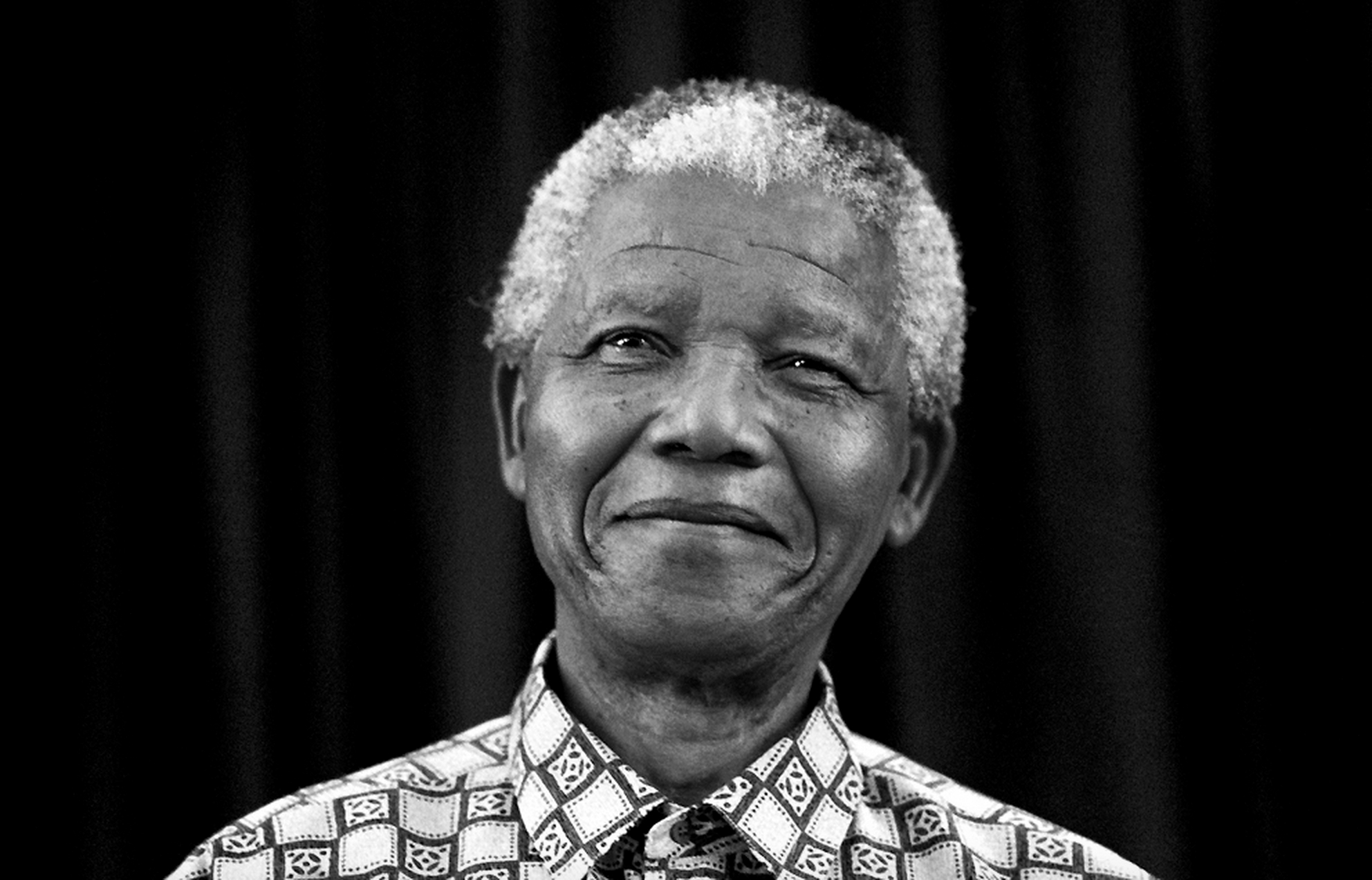Young, Muslim and Charitable in The United States? You’re part of America’s Generation of Influential Philanthropists
Dr. Sabith Khan is Research Director of ACCESS and here he provides insight on the direction that philanthropy is taking in the United States. American youth are increasingly responsible for charitable giving in America, and Dr. Khan explores the motivations of American youth to give. Are you young, Muslim and charitable in America? He’s talking about you too. Read on.
Americans gave an estimated $358.58 billion in charity in 2014. This number is the highest charitable contribution ever, according to Giving USA, perhaps the most authoritative report on philanthropic giving in the country. In fact, more Americans report giving charity than carrying out any other ‘moral’ activity, like going to church or mosque. And to complement this trend, about a third of charitable giving in the United States is towards religious institutions. In this short piece, I focus on the factors driving youth philanthropy and what it says about the changing landscape of giving, more generally.
About a third of charitable giving in the United States is towards religious institutions.
At first glance, one interesting fact comes out of this study – the role of young philanthropists in the charitable landscape. Whether it is volunteering their time for a local charity or giving money online, youth are playing a significant role in charitable activities these days.
I suggest that there are three main drivers of youth philanthropy in America – culture, economic realities in the United States, and finally, technology. Let us examine each, in some depth.
Driver 1: Culture.
One can argue that the United States is one of the most (if not the most) charitable countries in the world. With increasing disposable wealth, a world in chaos and reduced government spending on various social welfare schemes at home, more young Americans are adopting the ‘self-help’ motto that Alexis De Tocqueville spoke of in his book Democracy in America.
Tocqueville suggested that this desire to bootstrap and ‘associate’ to solve problems is an exceptionally American value. While the political ramifications of this way of thinking are open to question, (scholars have raised the troubling aspect of donations given in this way including a lack of transparency and lack of democratic character), youth in the U.S. are using philanthropy as a means of expressing themselves and their values in the public sphere (see Frumkin, P (2006) Strategic Giving, Chicago University Press).
Driver 2: Economic realities and capitalism.
Linked to the earlier point of an American culture that focuses on individualism and lack of trust in organized welfare programs, there has been a thrust from all sectors – government, private sector and even scholars – to focus on philanthropy, as a solution to many of our problems.
During the great recession of 2008 as well, government rhetoric and civil society response involved increasing philanthropy, not greater government spending on welfare programs. Besides, capitalism has helped the philanthropy and non-voluntary sector evolve in a very professional manner in the United States. The prevalent capitalist ethic in the U.S. is also partly responsible for the shift in ‘charity’ to ‘philanthropy’ – the move from a more religious and benign view of charitable giving to one, where there is an expectation of ‘results’ and ‘efficient’ giving practices, which should be ‘measurable’.
Driver 3: Technology.
With increased ease of giving, technology has made philanthropy fast, easy and accessible. Also, some of the biggest and most well known philanthropists in the recent years have been technology entrepreneurs. As an example, Dr. Patrick Rooney, Associate Dean for Academic Affairs and Research at The Lilly Family School of Philanthropy, says that many of the ‘mega-gifts’ that were given in 2014 involved young tech entrepreneurs. These ‘mega-gifts’ were in the order of $200 million or more. The largest one was over $ 2 billion.
Philanthropic practices of youth may be a way of being involved in civic issues and bigger conversations that go beyond our immediate community.
While Robert Putnam and other observers of American societies have warned us of the decreasing social capital in the U.S., philanthropic practices of youth may be a way of being involved in civic issues and bigger conversations that go beyond our immediate community (Putnam, R. (2000). Bowling Alone. Simon and Schuster).
Putnam’s call is to reexamine why our sense of ‘community’ is in danger. Looking at the philanthropic landscape perhaps assures us that after all, all may not be lost. Besides, there is reason to believe – and research has shown – that youth consider philanthropy to be an ‘obligation’ towards others and a way to ‘give back’ to society.
& EXPLORE MORE TOPICS IN PHILANTHROPY



